MacKenzie, or MacCoinneach as it might appear in Gaelic, is taken to mean “son of Kenneth; and the Ross descent suggests that original Kenneth, c.1200, was descended from the (tenth century) Gilleoin of the Aird. Gilleoin also fathered the Earls of Ross, the early MacKenzie feudal overlords. Ross lands were acquired by marriage and William, V, Earl of Ross confirmed MacKenzie ownership in 1343. An extant charter confirms Kintail lands held by Alexander MacKenzie in 1463. Ross-shire stretches across the upper part of Scotland. Traditional MacKenzie lands were about half that area, from the Isle of Skye, over to Inverness in the East and then back to the North West Scottish coast.
Sir Alexander MacKenzie outlined that the MacKenzies were of native Celtic stock and were not among the clans that originated from Norman ancestors. He cited Dr WF Skene, Historiographer Royal for Scotland, and suggested that the MacKenzies are related to both the clans Matheson and Anrias, and that all three descended from the twelfth century Gilleoin of the Aird.
In the thirteenth century the clan was recorded at the stronghold of Eilean Donan on Loch Duich which was the seat of Clan MacRae, with whom the MacKenzies were once allied. The MacKenzie clan seat was at Castle Leod. There were also strongholds at Kilcoy Castle and Brahan Castle. Ferquard mac an t-sagairt I, Earl of Ross is identified as a cousin to both the MacKenzies and Rosses.
Specific details of the earlier Gilleoin of the Aird are unknown. This in essence is the putative Ross descent, however, there is further information which identifies the MacKenzie descent as being from the Fitzgeralds. To further confuse any argument, it is possible that the MacKenzies relate to both families. I have provided a chart of both descents below.
Sadly, the Fitzgerald outline of MacKenzie origins shown below is not supported by formal, recorded, charters, and Eilean Donan castle appears to have been firmly in the hands of the Rosses at the time in question. Even more damaging to the Fitzgerald pedigree origins is that alleged supporting records were declared false in the nineteenth century by both Dr Skene and Alexander MacKenzie.
MacKenzie was a notable Clan historian, who had obtained academic opinions from several historians. Buttressing the argument of Ross origins is that Ferquard mac an t-sagairt was created an earl by Alexander II, who was the father of Alexander III and thus unlikely to have his earldom cut by Alexander III.
On the other hand, the Irishman named Gerald (Colin) Fitzgerald (putative MacKenzie progenitor) fought for Alexander III at the 1063 Battle of Largs for which he was rewarded. His reward was described as including an appointment as Castellan of the key castle Eilean Donan, then a Ross holding.
He is also described as having received a barony of land in Kintail, which could have been granted by the Earl of Ross, without impairing Ross primacy. Much of Sir Alexander’s argument seems intended to establish that the Rosses were pre-eminent, which seems unchallenged. The question of pedigree is more complex, as there appear to be two sets of mutually exclusive records. Since I have seen neither of the originals I am not in a position to argue and can only cite my own sources.
Mackenzie FitzGerald Origins
I support the older version of MacKenzie origins documented by George MacKenzie, I Earl of Cromartie. On 9 January 1266, King Alexander III granted Gerald (Colin) Fitzgerald the Barony of Kintail by royal charter at Kincardine to recognise his bravery in battle against the Vikings at Largs.
Alexander II had built Eilean Donan castle in 1220 and Alexander III appointed Gerald its Castellan (or Constable), in 1266. Gerald was apparently hunting Alexander in 1266 when a wild stag burst out of the woods and would have charged the king but for Gerald. Alexander III further rewarded Gerald by approving the Mackenzie stag’s head for Gerald’s arms.
Gerald, who was then apparently already called Callam (Colin) after an earlier battle honour had a son called Kenneth and Kenneth also named Gerald’s grandson Kenneth. The name Mackenzie was initiated at that point by calling Gerald’s grandson Kenneth son of Kenneth. Since this name was in Gaelic, he was probably Coinneach mac Coinneach, with the first Coinneach softened into Kenneth. This version is reported as being corroborated in the Fitzgerald family records.
It has long been maintained and generally accepted that the MacKenzies are descended from Gerald (called Colin) Fitzgerald or Cailean Fitzgerald, who descended from Otho who accompanied Edward the Confessor to England and became a key advisor in Edward’s court, for which Otho was created Baron of Windsor.
At this point some Clan historians confused the Fitzgerald record. George and Alexander MacKenzie both stated that John Fitzgerald FitzThomas, I Earl of Kildare was the father of Gerald called Colin, the father of the Mackenzies. This assertion is not supported by my source Sir E MacKenzie, who records that Gerald – soon to be called Colin – was a step-brother of John, Earl of Kildare.
It seems understandable that the mother of a newly-created earl would leave a higher profile record than a previous wife, to explain the confusion. Moreover, Sir E MacKenzie – states explicitly that he had access to the Leinster Fitzgerald records. The confusion over the name for Colin is further explained by Goddard Henry Orpen in his opus Ireland Under the Normans.
Clan MacKenzie History
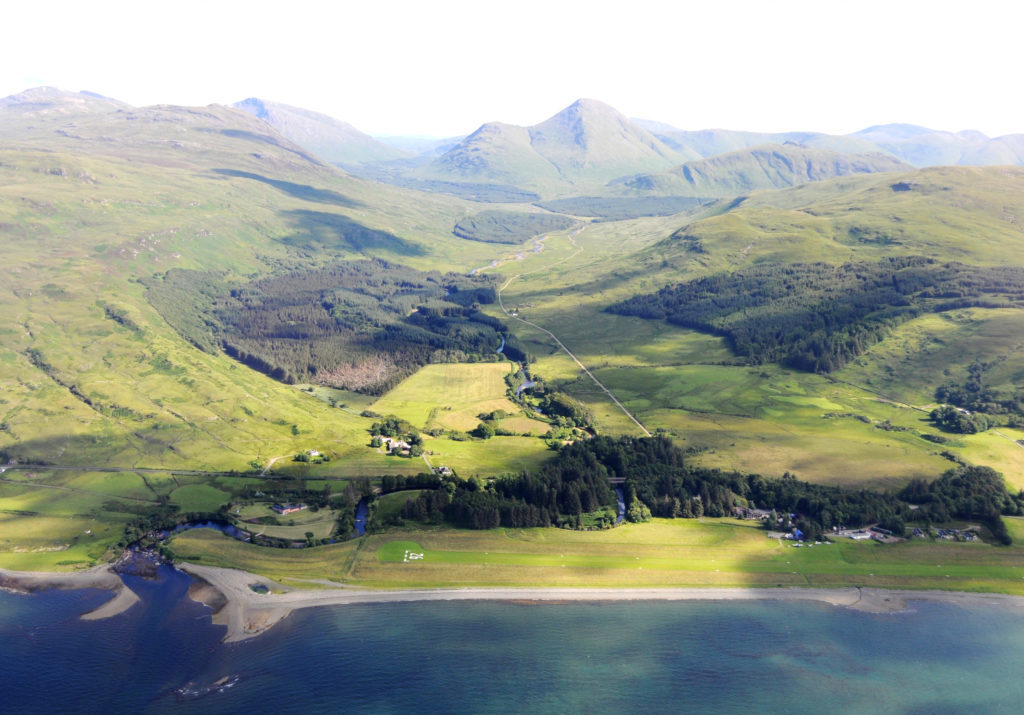
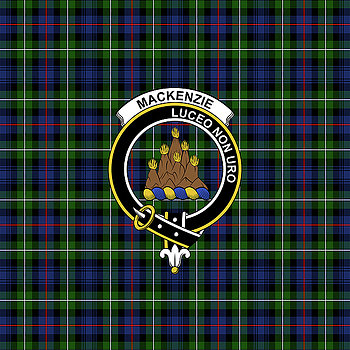
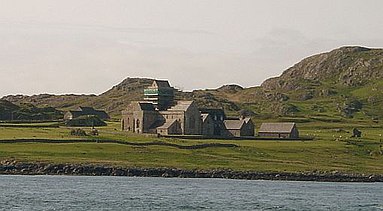
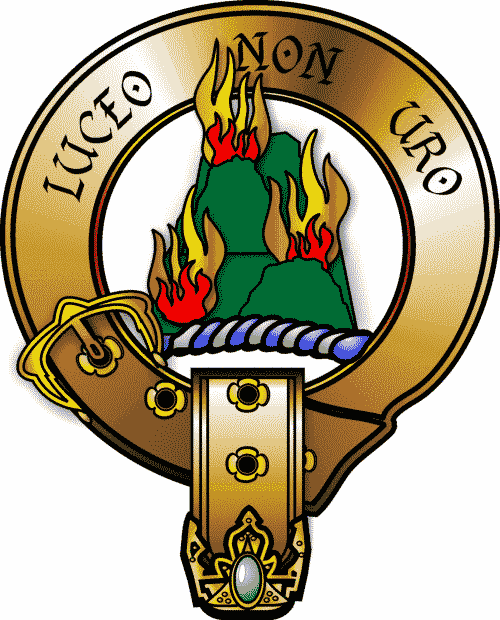

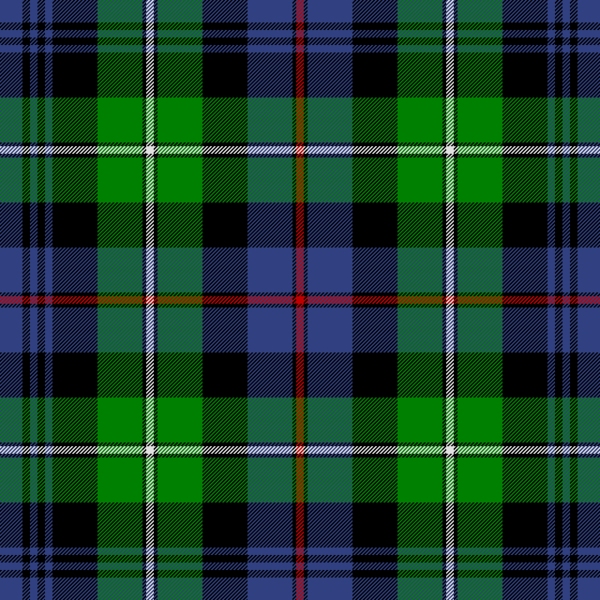
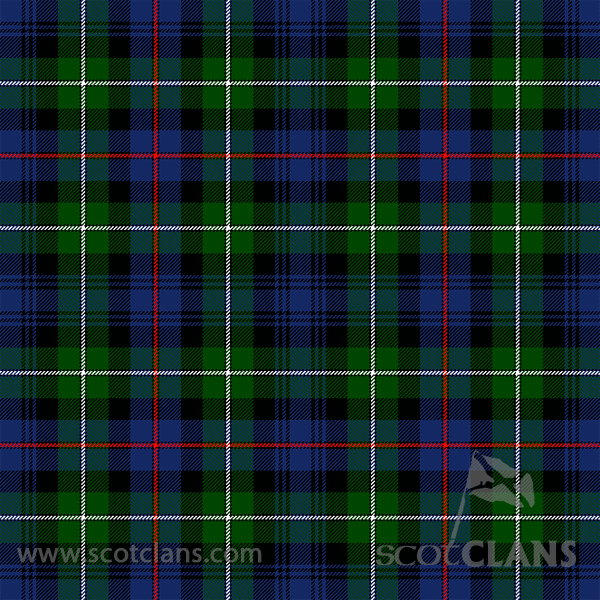
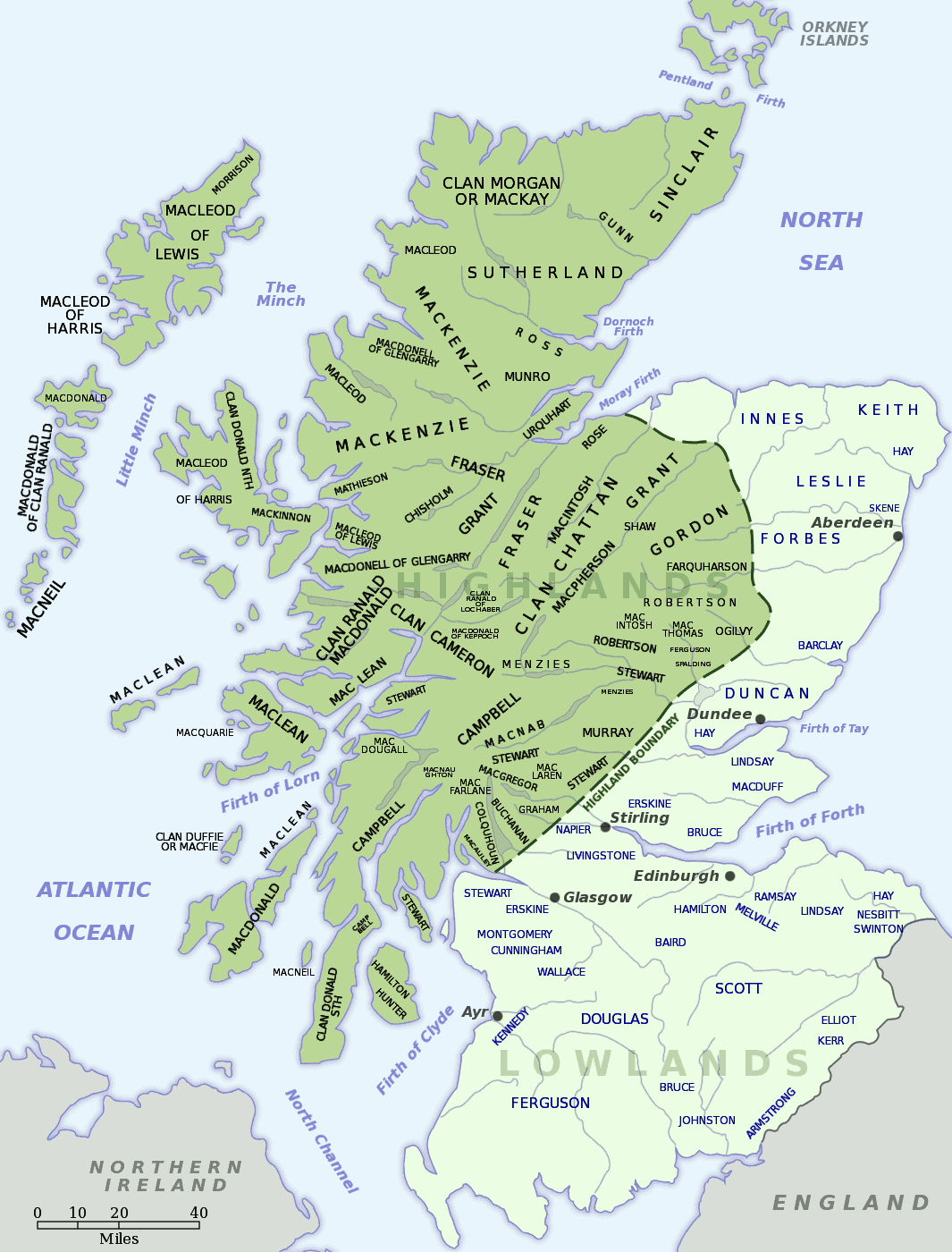
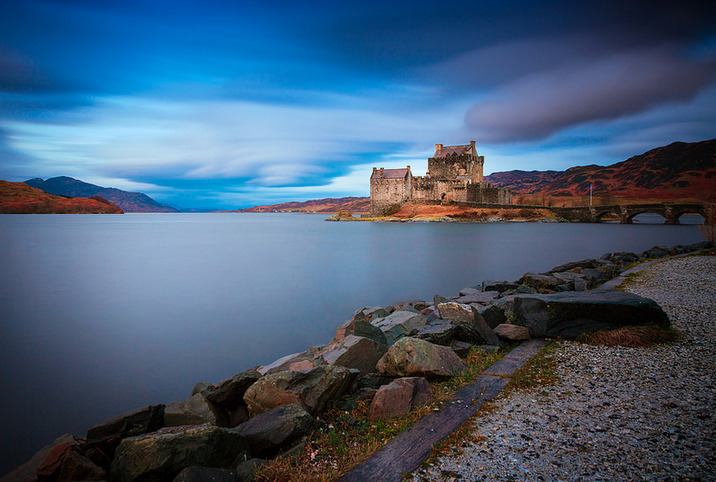
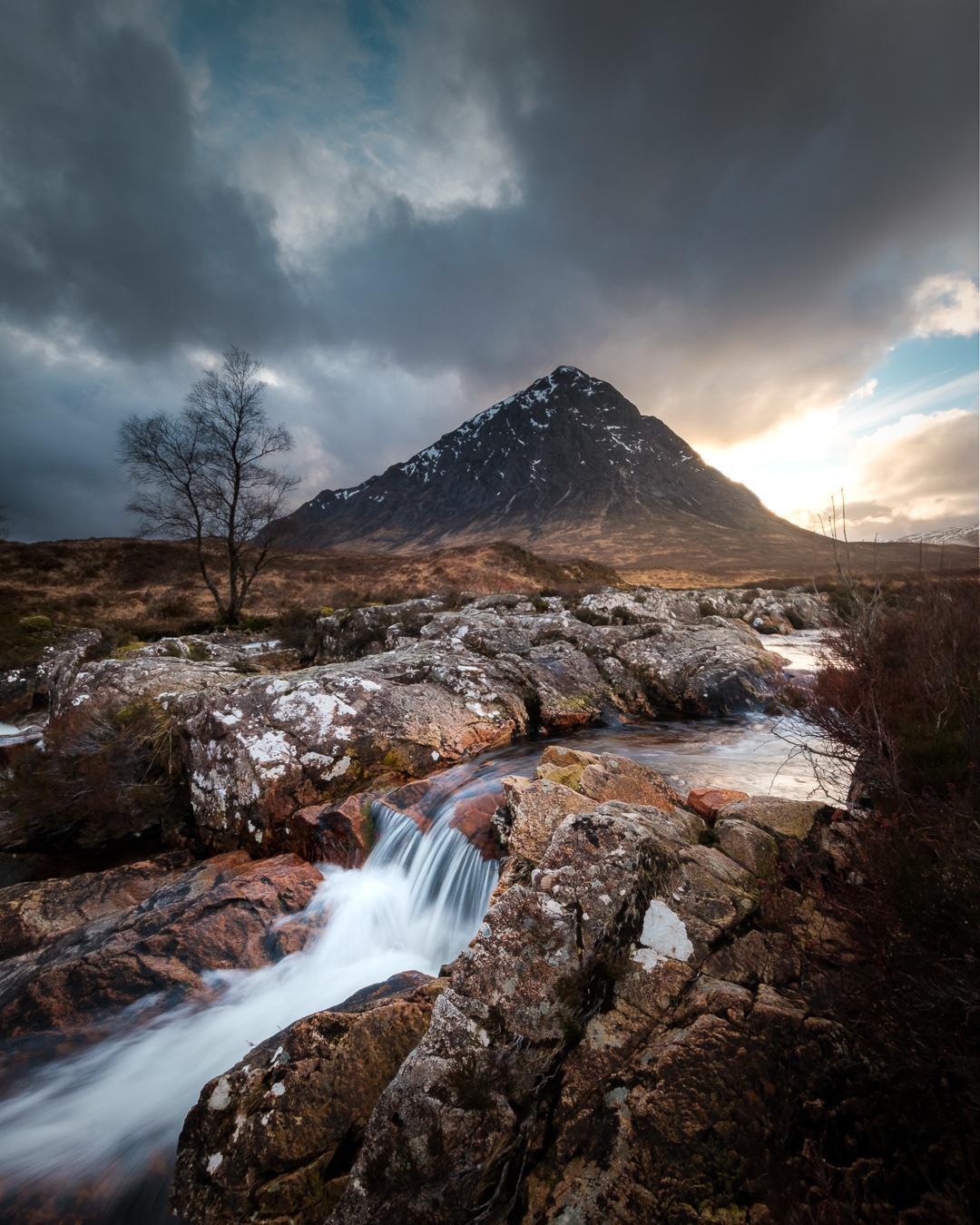
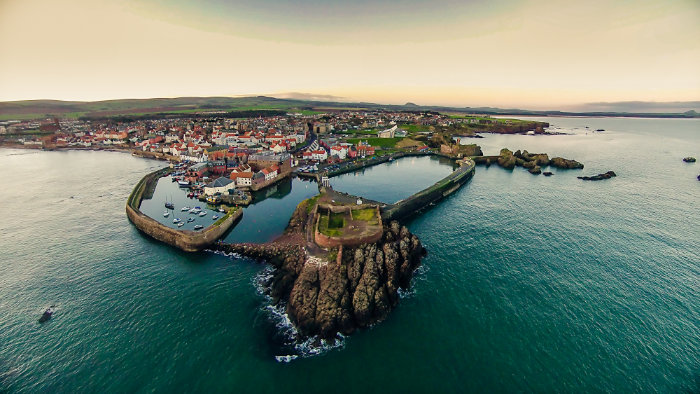




You must be logged in to post a comment.